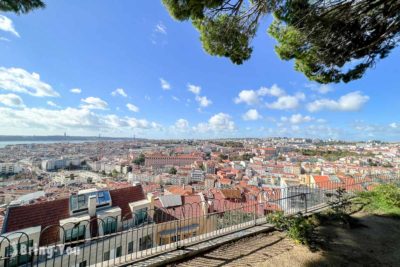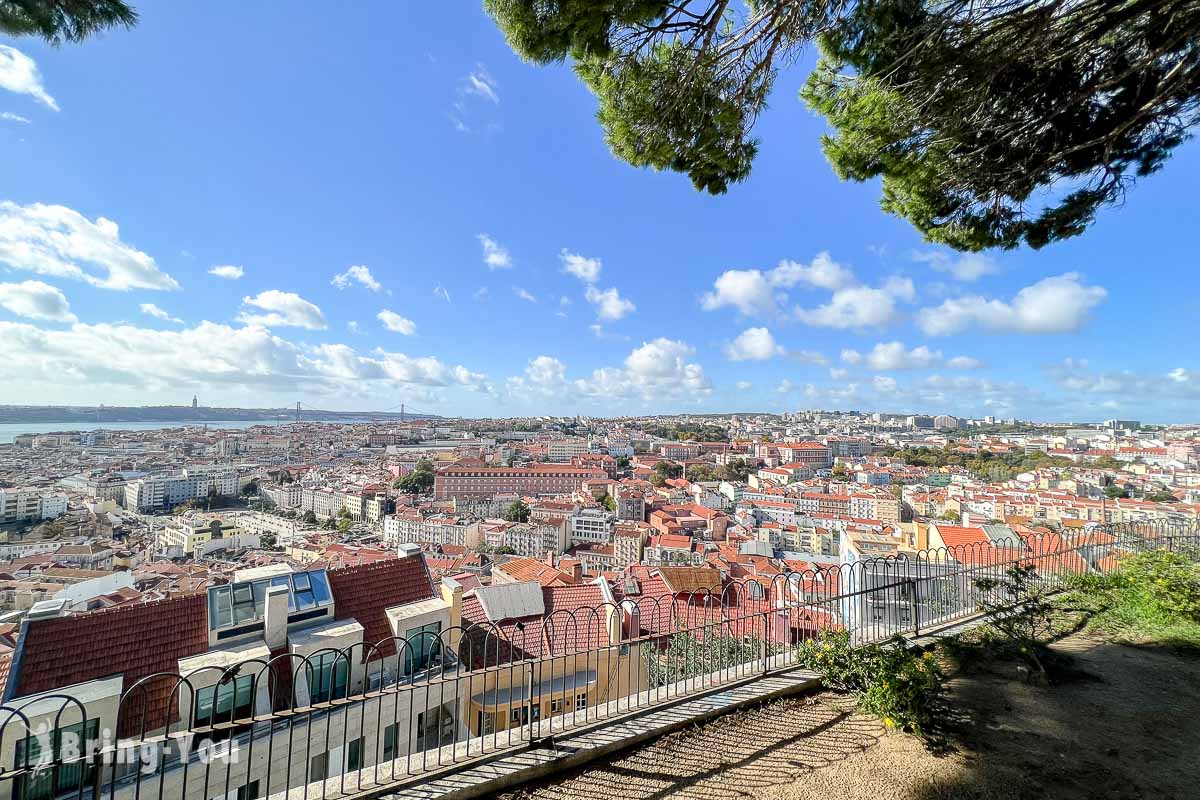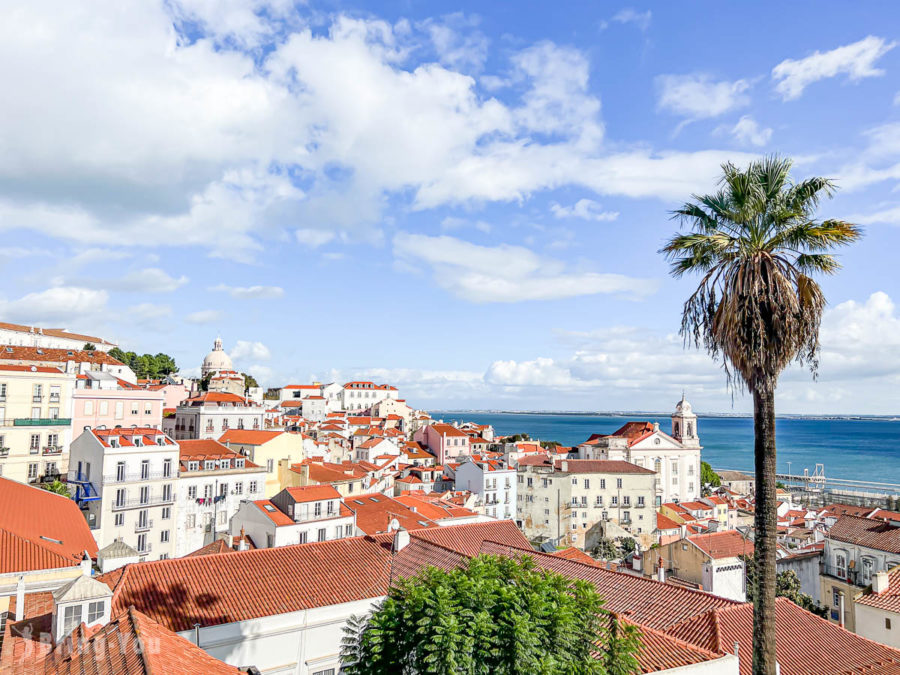
Alfama, Lisbon’s oldest neighborhood, is a captivating district in Portugal. This charming getaway does not need more than six hours to explore, and I’m gonna show you how to make the most of your trip here.
Nestled between the Tagus River and São Jorge Castle, Alfama offers breathtaking views, and unique shops, and is the birthplace of Fado, Portugal’s traditional music.
The area is a maze of narrow Medieval streets adorned with azulejos, the iconic light blue ceramic tiles.
Surviving the great earthquake in 1755, Alfama plays host to some of the best vantage points found at São Jorge Castle, or Miradouro da Senhora do Monte.
Most of the terrain is steep. So if your fitness level doesn’t agree with long walks, tram #28 comes in the way to help you explore Alfama to the fullest.
Here are my five favorite things to see and do in Alfama for a heads-up.
Read More: 12 Absolute Must-See Attractions In Lisbon By Neighborhoods: Baixa, Alfama, & Belem
Ride The Historic Tram
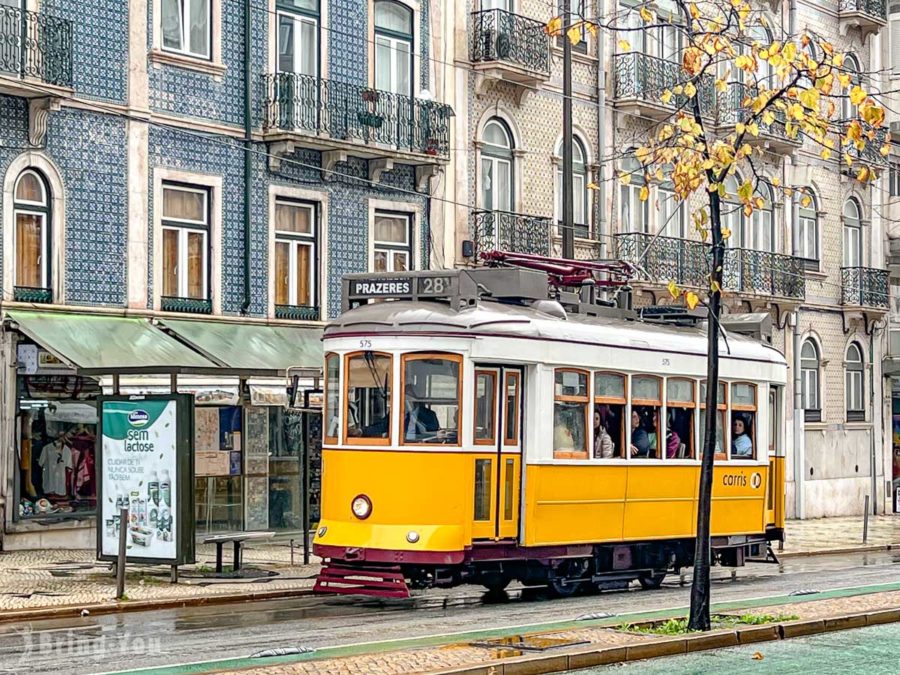
Tram #28 is an iconic yellow symbol of the neighborhood’s public transport. It connects most of the major sights such as the Martim Moniz Square, Graça, Alfama, Baixa, Prazeres, and five other key areas.
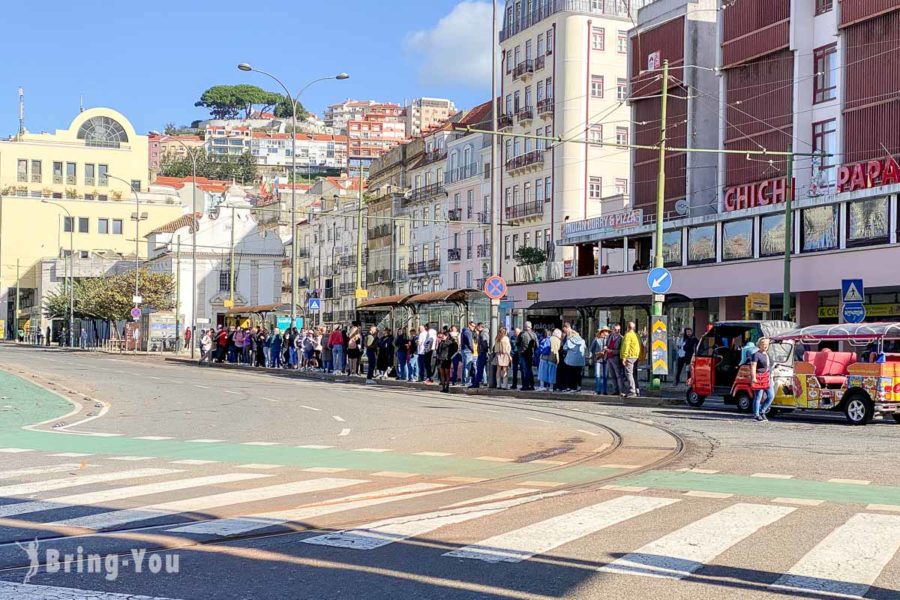
Miradouro da Senhora do Monte
If you’re not in a rush, I highly recommend you start the trip at Miradouro da Senhora do Monte. It is just perfect to wind down and take it easy.
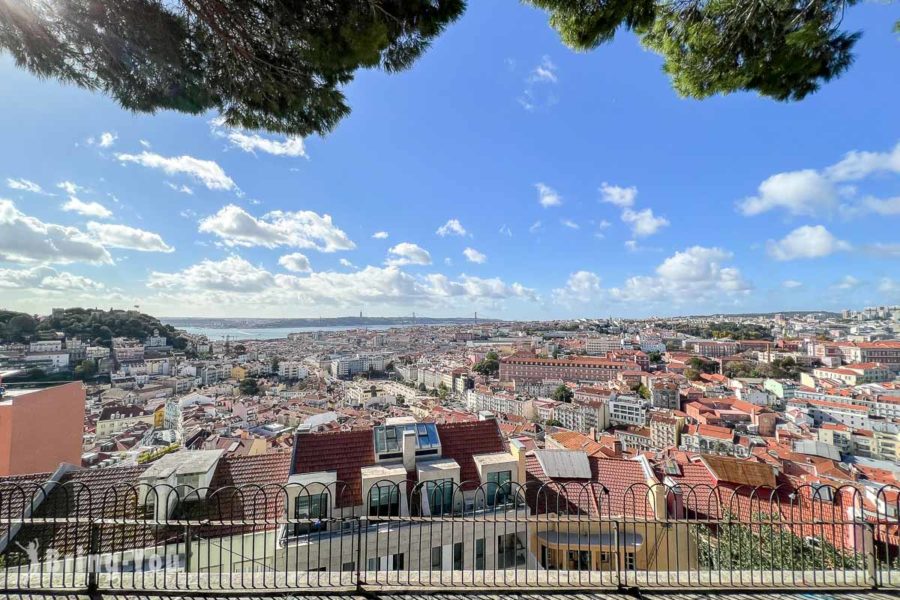
When the air is crisp, people flock to this quaint viewpoint perched in a churchyard to soak up some of the best views in the neighborhood.
As the sun beams down, the view becomes even livelier, pairing perfectly with the nearby castle, providing distinct perspectives.
São Jorge Castle
Dubbed one of the most visited attractions in Alfama, São Jorge Castle has been going strong since the 5th century when the Visigoths first established it.
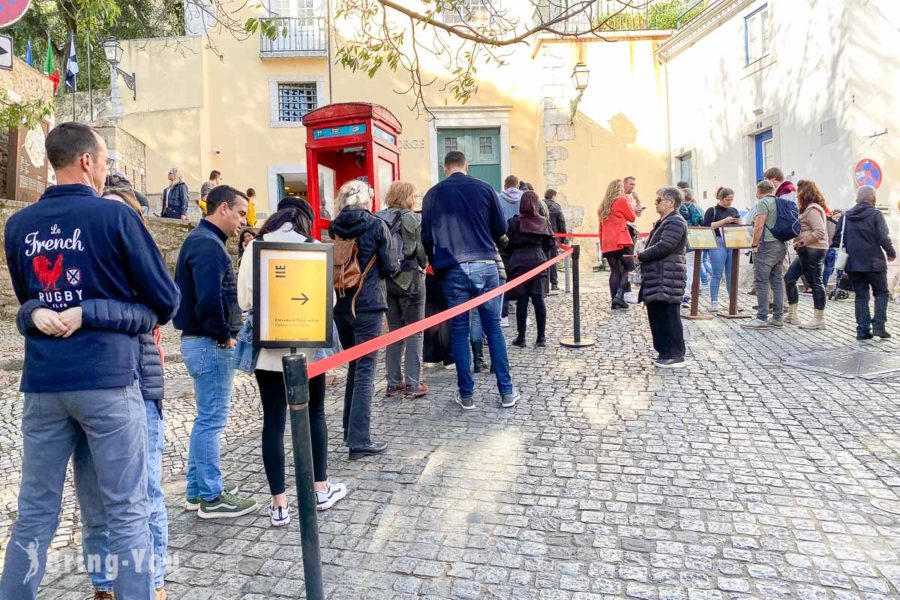
Fast forward to the 11th century, the Moors came in and expanded the structure before it was transformed into the Royal Palace during the reign of Afonso I of Portugal.
Fully restored in 1938, it reached its zenith in the 13th century and was occupied by both the Kings of Portugal and the Bishop until the 16th century.
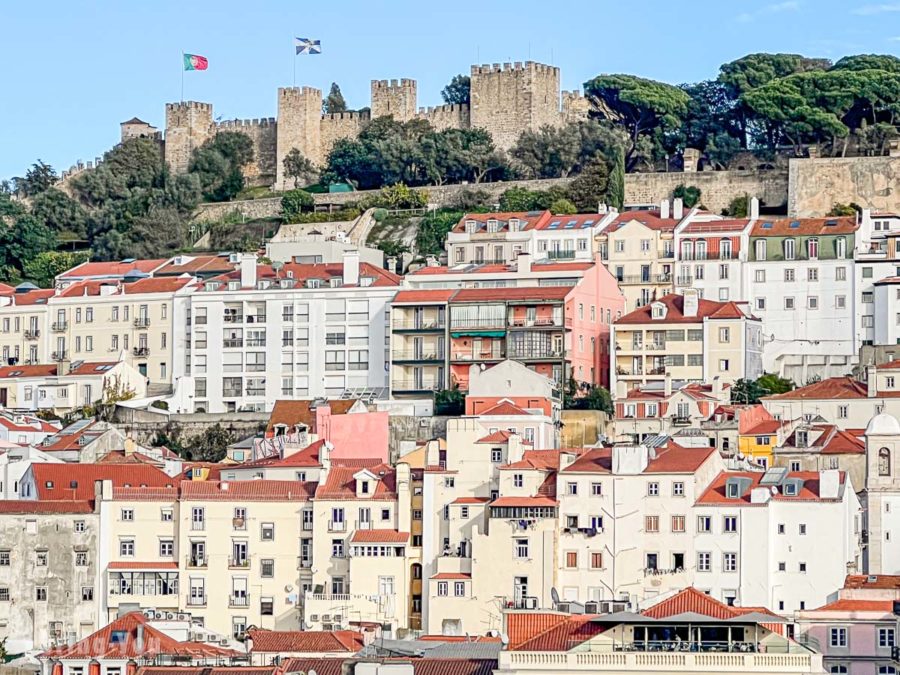
Today, São Jorge Castle boasts an unobstructed vista as it sits atop the city’s highest hill. There are seven floors in total to explore, plus a small museum and a bar to rest your tired core.
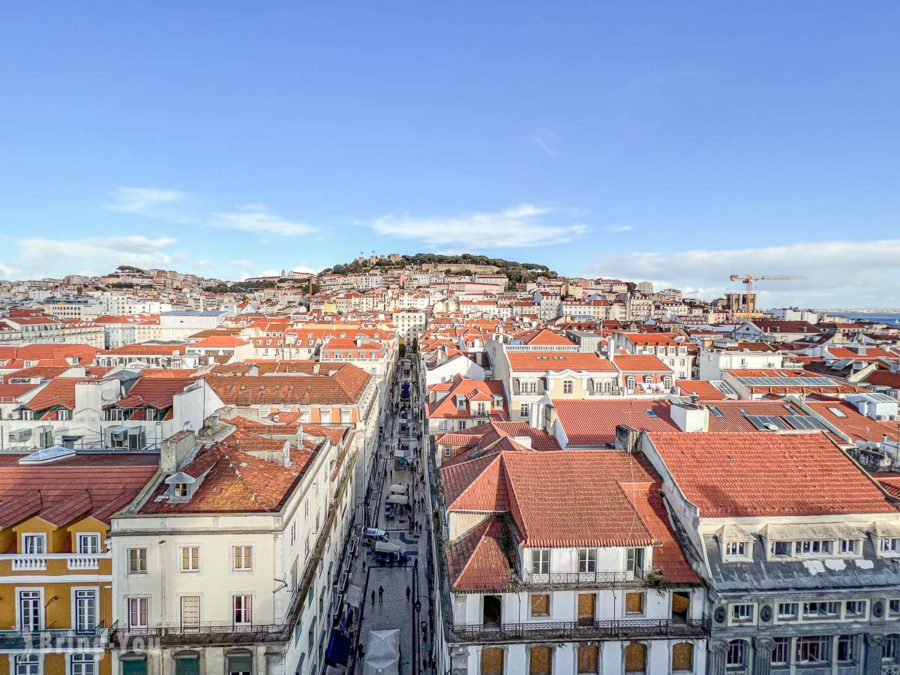
Enjoy A Seafood Feast At Cervejaria Ramiro
When the sun peaks, nothing’s better than finding shelter at one of the best food spots in Alfama.
May I introduce you to Cervejaria Ramiro? This is a family-run seafood haven famed for serving the city’s finest catch in a laid-back atmosphere.
Established in the 1950s, this casual three-story spot is steeped in a vibrant atmosphere.
Forget about delicate prawn-shell maneuvers! Here, the family believes high-end cuisine doesn’t have to sacrifice the best comfort of home. For that reason, this no-frills joint is always packed with both locals and visitors alike.

Wondering what they have in store for you? There are crab, scarlet prawns, garlic prawns, garlic clams, and beef sandwiches – and those are just a few to be named.
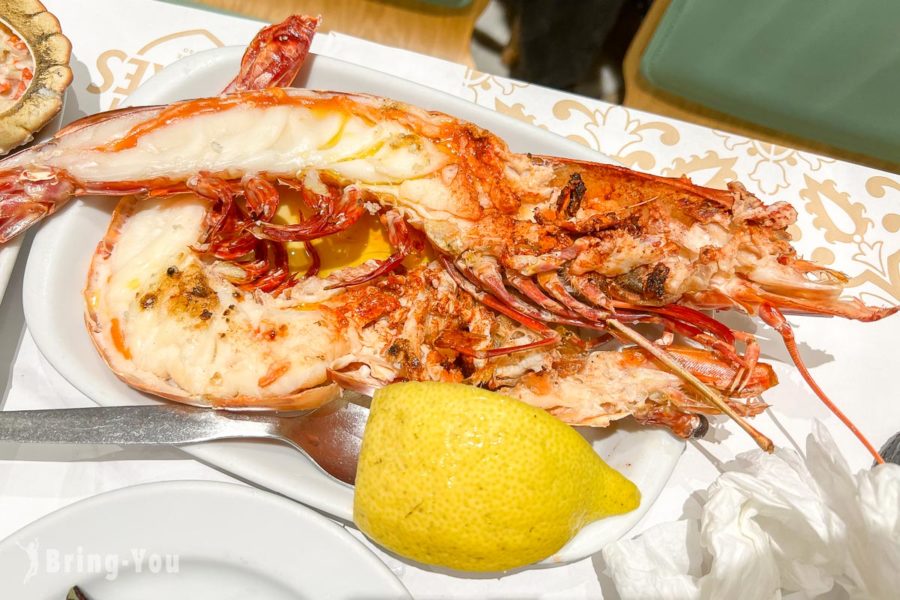
Conserveira de Lisboa – Lisbon Fish Cannery Store
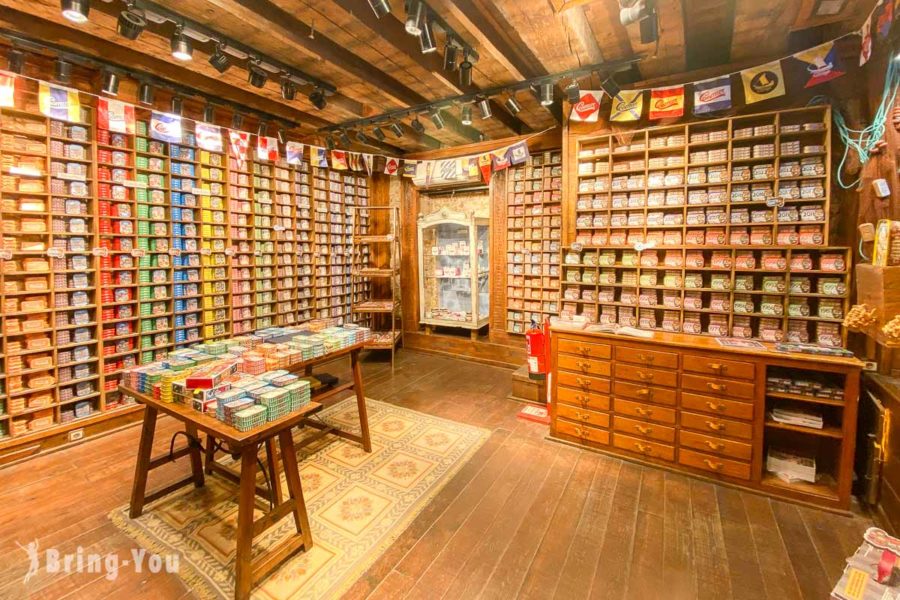
Wrap up your visit with a stop at Conserveira de Lisboa, one of the oldest fish cannery stores in Lisbon.
The family business has been going strong since it first opened 80 years ago, drawing crowds on any given sunny day.
Conserveira de Lisboa is often featured in media and travel guides. The store first appeared under the name ‘Mercearia do Minho’ before it adopted the name Conserveira de Lisboa in 1942, specializing in the beloved Portuguese canned fish.
Final Words:
Lisbon’s Old Quarter is one of the city’s most visited areas. There is no shortage of clubs and chic bars, creating a bustling nightlife that gives contrast to the heritage feel during the day. Most of the accommodations in Alfama lean towards boutique hotels. Alfama is easily discovered by walking and by tram, though getting lost in the immense network of alleys and side streets is part of the joy when you’re on foot.
Looking for more travel ideas in Spain? Check out my comprehensive guides below!
- 11 Signature Spanish Dishes You’ve Gotta Try (& Where To Find Them)
- What Is La Barceloneta Known For? A Day Out At The Beach, Walking Port Vell, Hunting Statues, And More
- A Comprehensive Travel Guide To Cordoba: Top Places To Visit, Food Spots, & More
- What Is Montserrat Known For? A Day Trip To Explore A Benedictine Monk Mountain Retreat
